Gaming has never been the first thing that comes to mind when someone mentions Chromebooks, but that narrative is shifting in a big way. Recent partnerships between major tech companies are transforming these lightweight laptops into surprisingly capable gaming machines through cloud-based solutions. The latest development involves Nvidia's GeForce NOW service getting bundled with new Chromebook purchases, according to multiple industry reports, creating what some are calling a "fast pass" to high-end gaming without the traditional hardware requirements.
This partnership represents more than just another promotional bundle—it's a strategic move that could redefine how we think about portable gaming. The collaboration addresses a fundamental challenge: how to deliver AAA gaming experiences on devices that weren't originally designed for intensive graphics processing. Research shows that GeForce NOW can provide access to over 2,000 games through simple browser-based installation, essentially turning any compatible Chromebook into a portal for high-performance gaming. What makes this particularly significant is the breadth of game compatibility—unlike traditional Chromebook gaming limitations, this approach opens up AAA titles that previously required dedicated gaming hardware.
What makes this cloud gaming partnership actually work?
The technical foundation behind this Chromebook-GeForce NOW integration is more sophisticated than it might initially appear. Unlike traditional gaming setups that rely on local hardware, this approach leverages Nvidia's cloud infrastructure to handle all the heavy computational lifting. According to tech analysts, the service utilizes Windows virtual machines, which means users aren't restricted to Linux-compatible games that typically limit ChromeOS gaming options. This Windows VM approach is particularly clever because it eliminates the compatibility bottleneck that has historically prevented serious gaming on Chrome OS devices.
The service operates through multiple subscription tiers designed to accommodate different user needs and budgets. Industry reports indicate that while a free tier exists with one-hour session limits and longer queue times, the Ultimate tier offers eight-hour gaming sessions, 4K streaming quality, frame rates up to 240 FPS, and full RTX capabilities for $20 monthly. This tiered approach allows users to scale their gaming experience based on their commitment level and performance expectations. For those wanting to test the waters without monthly commitments, day passes and six-month plans provide flexibility—the latter effectively turning a budget Chromebook into a high-end gaming system for $100.
Recent hardware upgrades have significantly enhanced the platform's capabilities. According to Chrome Unboxed, Nvidia's Blackwell RTX upgrade rollout promises to deliver unprecedented streaming performance, including competitive gaming modes that support up to 360 frames per second or 240 fps with sub-30-millisecond latency. These specifications rival or exceed what many dedicated gaming rigs can achieve locally, which fundamentally changes the value proposition for portable gaming.
How does the Chromebook hardware hold up for cloud gaming?
While cloud computing handles the heavy processing, local hardware plays a crucial role in delivering smooth streaming experiences. Gaming-focused Chromebooks like the Acer Chromebook 516 GE have been specifically designed with cloud gaming demands in mind. According to Animation Xpress, these devices feature 12th Gen Intel Core processors, 120Hz displays, RGB keyboards with anti-ghosting technology, and advanced DTS audio systems—specifications tailored for responsive streaming rather than local processing power.
Display technology becomes particularly important for cloud gaming because it needs to handle high-refresh streaming content while maintaining visual fidelity during fast-paced gameplay. Testing by Mashable revealed that gaming Chromebooks typically feature high-resolution displays with 16:10 aspect ratios, providing additional vertical space that many modern games support effectively. However, there's a notable limitation: you can't adjust refresh rates in device settings on some models. A 120Hz refresh rate excels for gaming scenarios but unnecessarily drains battery during typical web browsing—a trade-off that reflects the specialized nature of these devices.
Connectivity options prove essential for serious cloud gaming, where network stability directly impacts playability. Reviews show that gaming-oriented Chromebooks typically include comprehensive port selections: multiple USB-C ports, Ethernet connections for stable internet, HDMI outputs for external displays, and traditional USB ports for peripheral devices. The inclusion of dedicated Ethernet ports is particularly significant—wired connections provide more consistent streaming performance than Wi-Fi for demanding gaming scenarios, addressing one of cloud gaming's most critical requirements.
What's the real-world gaming performance like?
Early testing results suggest that cloud gaming on Chromebooks can deliver surprisingly solid performance when network conditions align properly. User experiences documented by Mashable indicate that AAA titles like Control can run at 60+ FPS with minimal input delay during typical gameplay scenarios. Most impressively, the input lag remains hardly noticeable during combat encounters, suggesting the streaming technology has matured significantly for real-time gaming applications.
Battery life considerations become important for portable gaming sessions, especially given the always-on high-refresh displays. Standardized testing of gaming Chromebooks shows approximately 10 hours of continuous usage under typical conditions (YouTube streaming at 50% brightness), though intensive cloud gaming sessions will likely reduce this significantly. The 120Hz displays common in gaming models create an additional battery drain consideration that users need to factor into their portable gaming expectations.
Performance benchmarking reveals that these devices handle multitasking reasonably well within their intended use case. GeekBench testing of gaming Chromebooks shows multi-core scores around 7,660, which while not exceptional by general laptop standards, represents strong performance within the Chromebook category. The 8GB RAM configurations help maintain smooth operation even with multiple browser tabs and background processes running—particularly relevant since ChromeOS operates primarily through web-based applications.
How does this compare to other cloud gaming options?
The Chromebook-GeForce NOW partnership enters a competitive landscape that includes established services like Xbox Game Pass Ultimate, each taking fundamentally different approaches to cloud gaming. Industry analysis shows that Xbox Game Pass operates as a subscription library service with over 25 million subscribers across 41 countries, while GeForce NOW focuses on streaming games that users already own from platforms like Steam, Epic Games Store, and Ubisoft Connect.
The game library approaches create distinct user experiences with different implications for Chromebook gaming. According to service comparisons, Xbox Game Pass provides access to over 400 console and PC games through its rotating catalog, operating like Netflix for games—you access the full catalog while subscribed, but titles rotate in and out monthly. GeForce NOW takes a different approach, offering access to over 2,000 games that users must already own, with new titles added weekly rather than through a curated subscription model. For Chromebook users, this means GeForce NOW can provide access to existing game libraries, while Xbox Game Pass offers immediate access to a broad selection without additional game purchases.
What's particularly interesting is how the competitive landscape is becoming more collaborative rather than strictly competitive. Recent developments show Microsoft adding Xbox PC games to the GeForce NOW platform, suggesting that these services may complement rather than directly compete with each other in certain scenarios. This cross-platform availability could significantly benefit Chromebook users who want access to multiple gaming ecosystems through a single device, maximizing their gaming options without investing in multiple subscriptions.
Where does Chromebook cloud gaming go from here?
The bundling of GeForce NOW subscriptions with new Chromebook purchases represents just the beginning of what could be a significant shift in portable gaming accessibility. Current promotional offers include three-month free trials of both Nvidia GeForce NOW's highest performance tier and Amazon Luna with select Chromebook purchases, giving users opportunities to experience multiple cloud gaming platforms without initial cost commitments. This multi-platform approach suggests the industry recognizes that different services excel in different scenarios.
The expanding game library continues to address one of cloud gaming's traditional weaknesses. Recent updates have added over 2,200 new "Install-to-Play" titles to the GeForce NOW catalog, with highly anticipated releases like Battlefield 6 planned for cloud availability. This growing selection moves beyond early adopter titles to include mainstream gaming experiences, making cloud gaming a viable primary option rather than just a supplementary service.
Bottom line: This partnership between Chromebook manufacturers and Nvidia signals a broader industry recognition that cloud gaming has matured enough to serve as a legitimate gaming solution rather than just a novelty. The combination of improving streaming technology, expanding game libraries, and purpose-built hardware creates a compelling alternative to traditional gaming laptops—especially for users who prioritize portability and don't want to invest in expensive gaming hardware that becomes obsolete over time. While internet dependency remains the biggest limitation, the technology has reached a point where both casual and serious gamers can have genuine gaming experiences on devices costing a fraction of what a gaming laptop would run you. The real winner here isn't just the technology—it's the democratization of high-end gaming experiences for users who previously couldn't justify or afford dedicated gaming hardware.





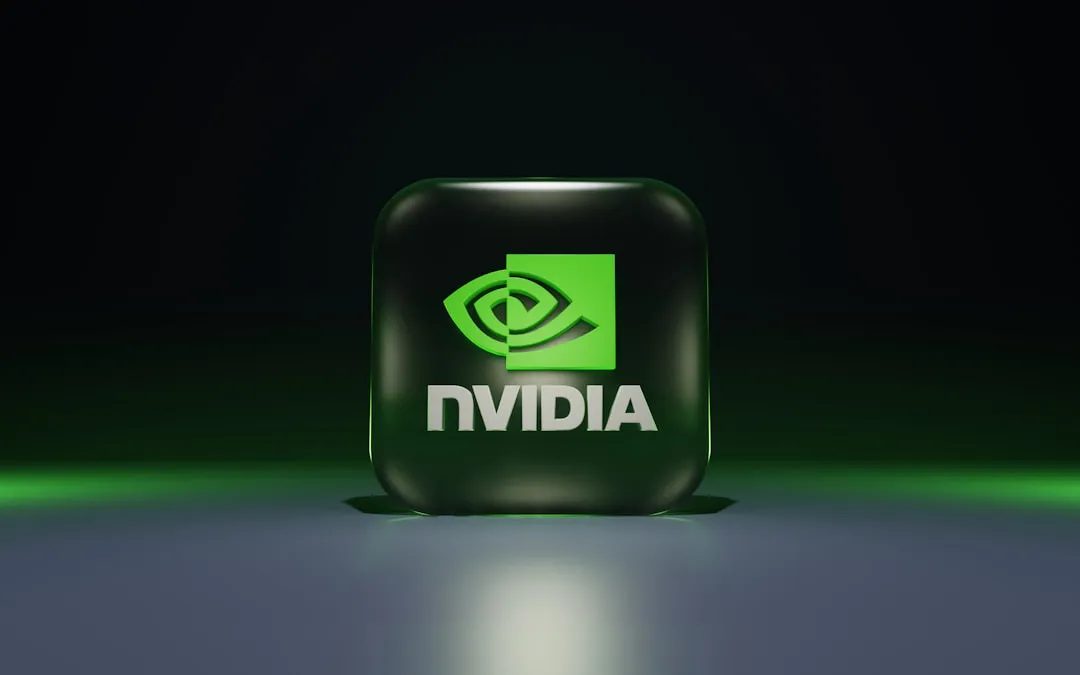
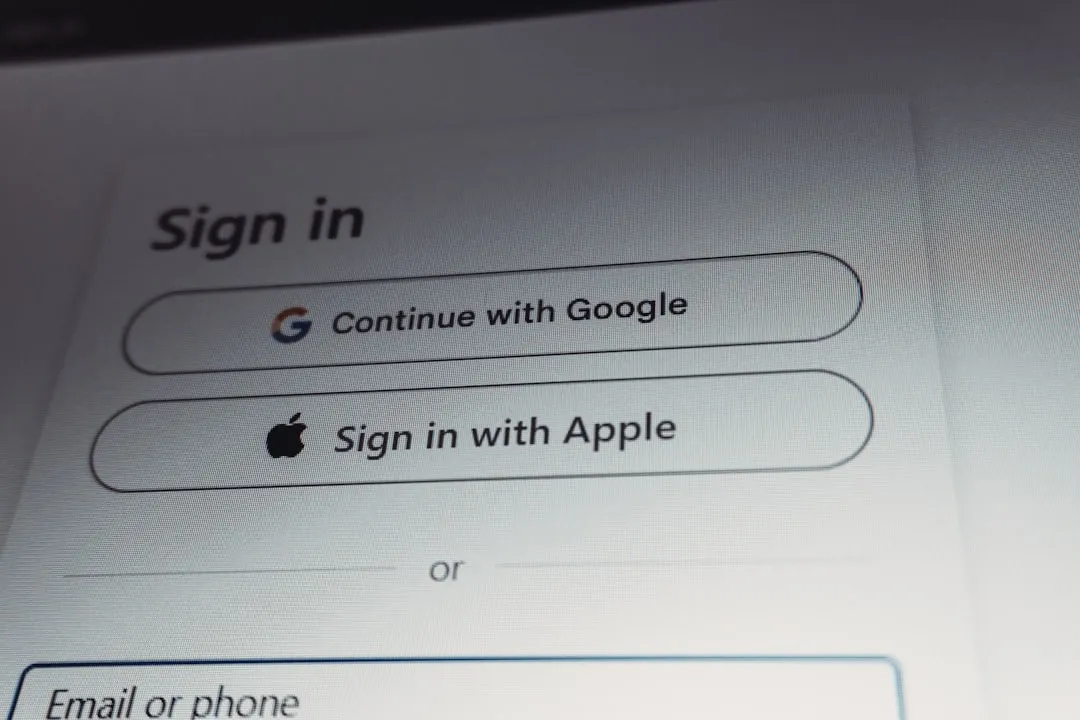
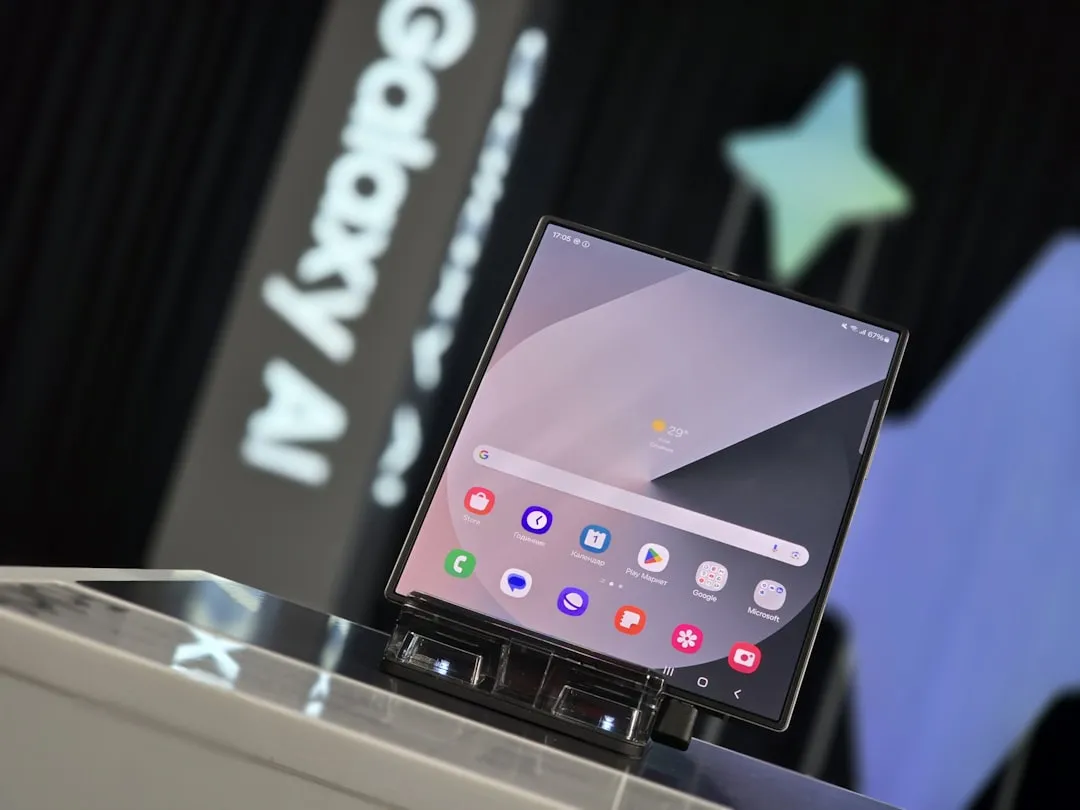
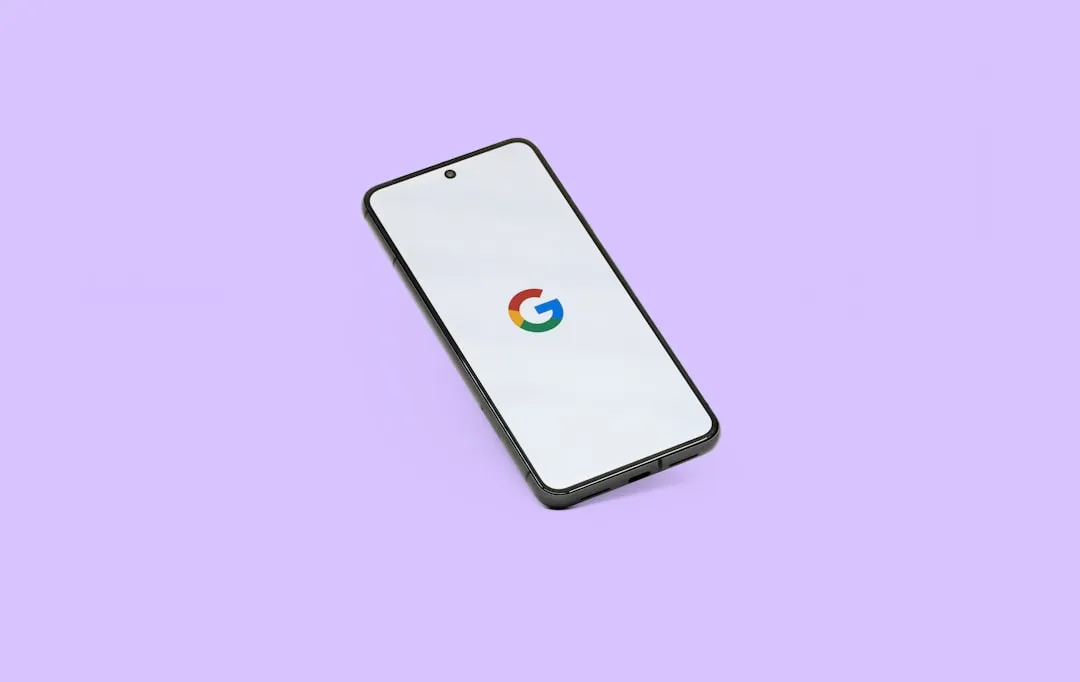







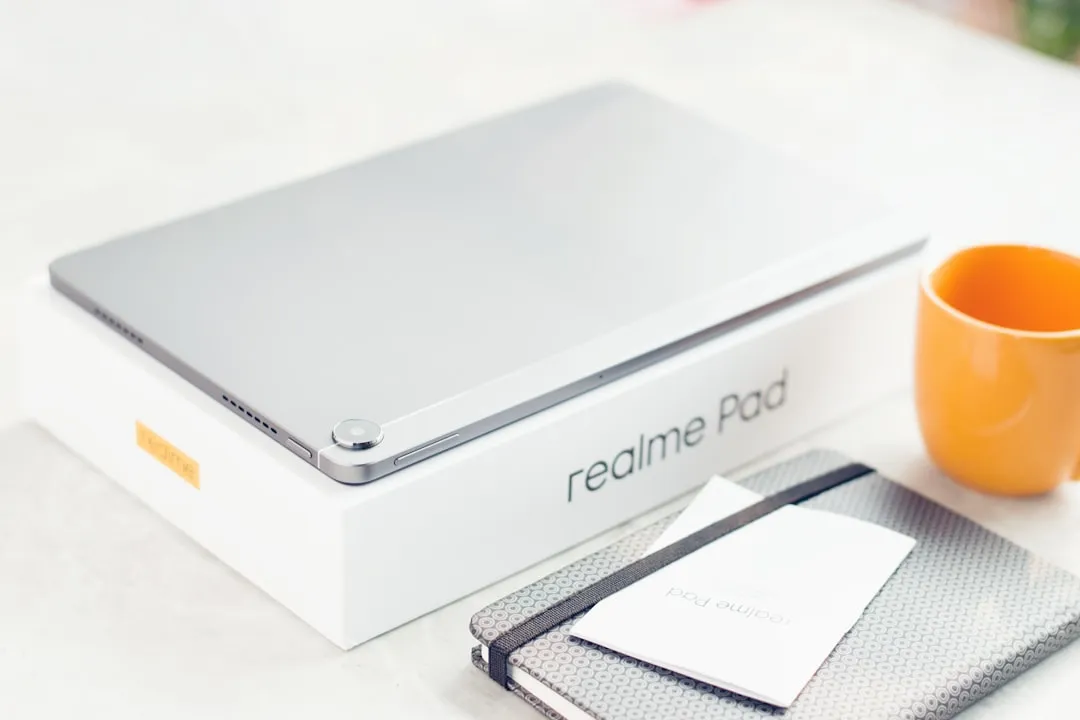
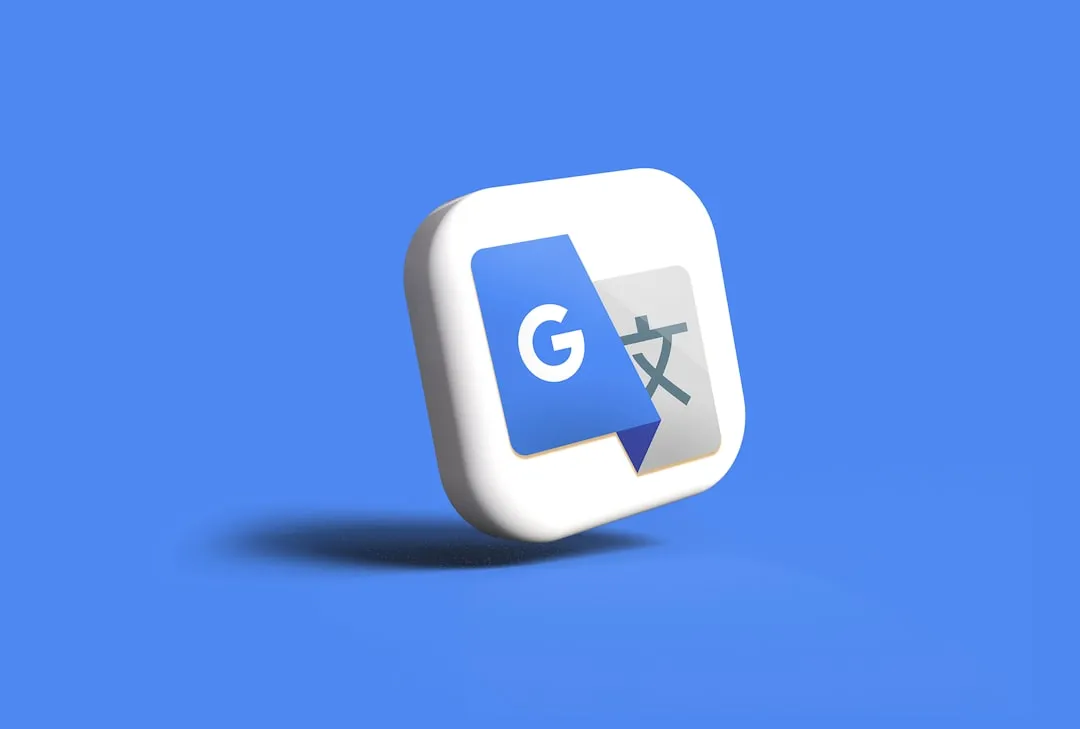

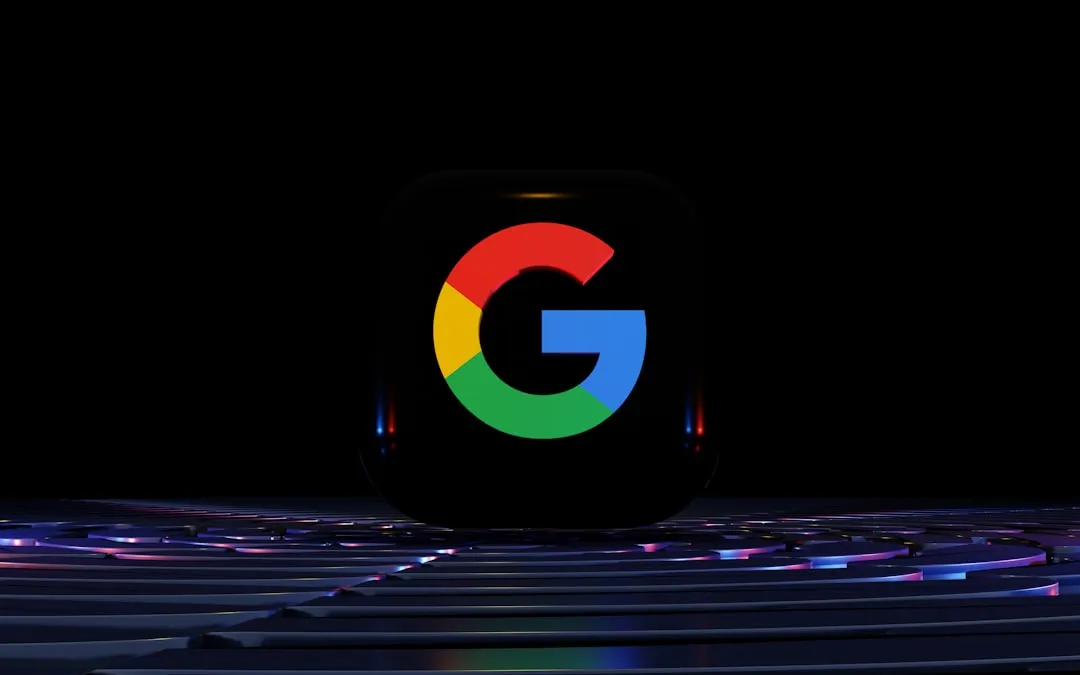
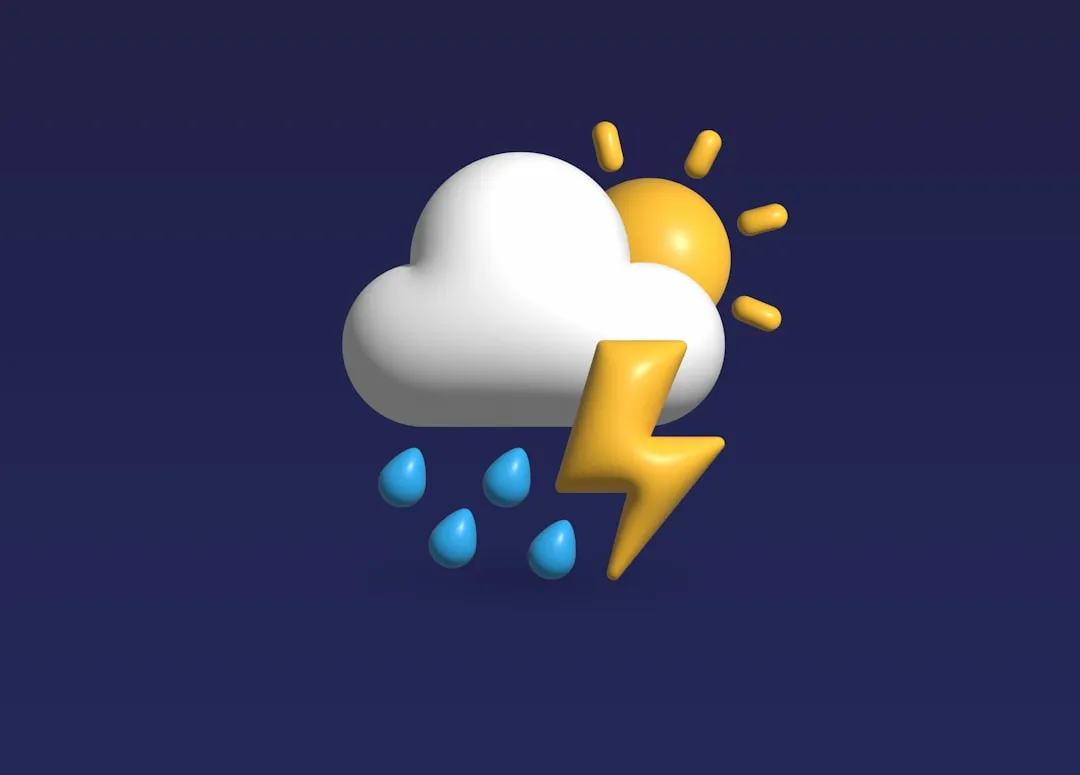
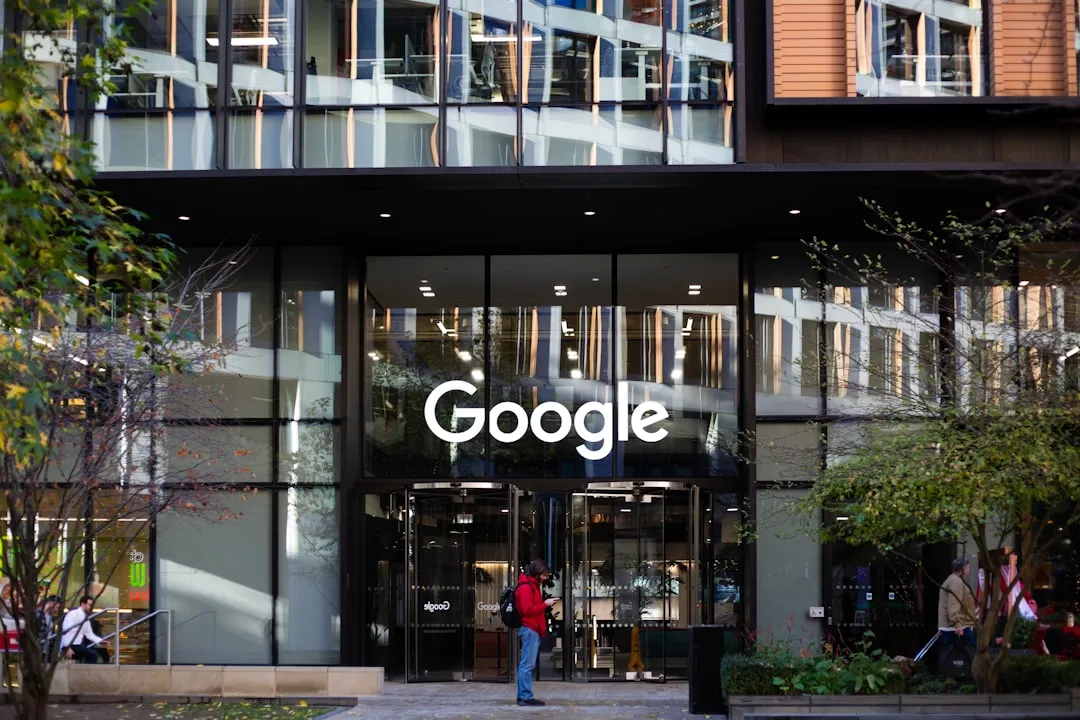
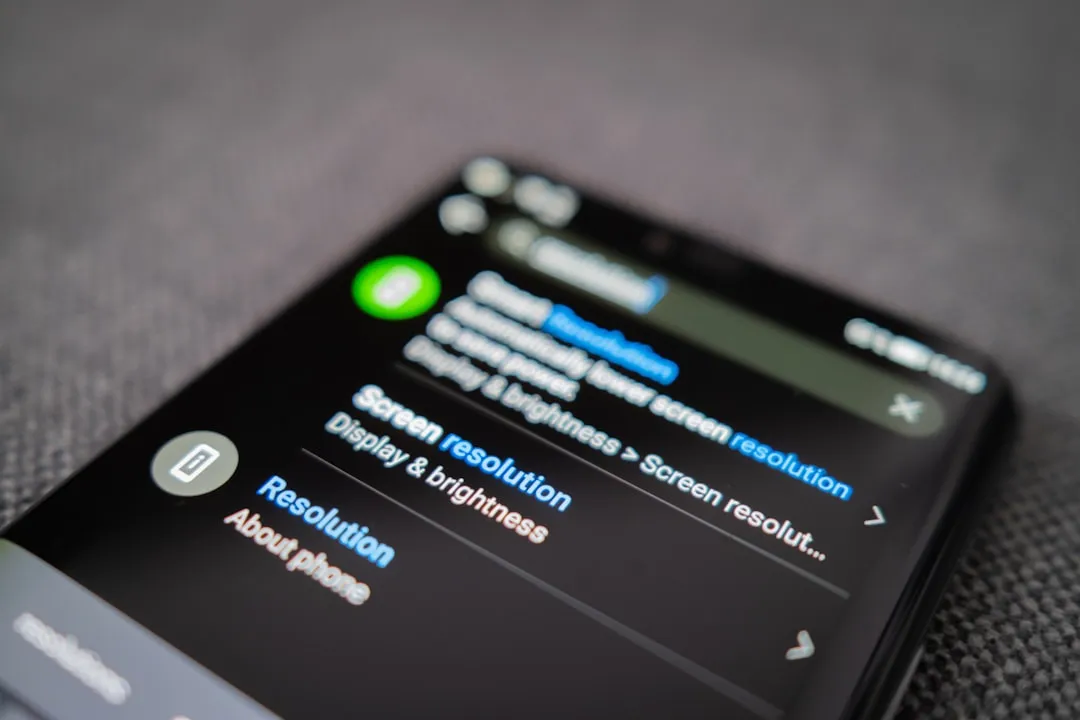
Comments
Be the first, drop a comment!